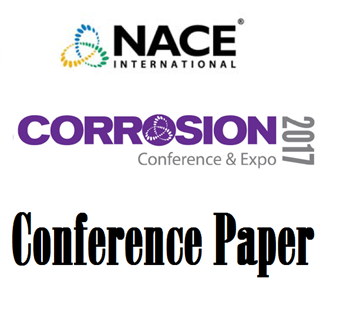Search
Products tagged with 'reinforced concrete'
View as
Sort by
Display
per page
Cathodic Protection On An Iconic Building Of The Modern Movement Architecture
Product Number:
51321-16599-SG
Publication Date:
2021
$20.00
Cathodic Protection on Steel Reinforced Concrete Marine Structures
Product Number:
51317--9219-SG
ISBN:
9219 2017 CP
Publication Date:
2017
$20.00
CFRP Reinforcement Anode For Cathodic Protection Of Steel Rebar
Product Number:
51322-17877-SG
Publication Date:
2022
$20.00
Considerations for Concrete Corrosion Control Alternatives
Product Number:
51217-045-SG
Publication Date:
2017
$20.00
Correlating Service Life Modeling and Corrosion Deterioration in Industrial Marine Structures
Product Number:
51321-16382-SG
Publication Date:
2021
$20.00
Corrosion Assessment and Repair for Aging Concrete Infrastructure
Product Number:
51324-20860-SG
Publication Date:
2024
$40.00
Corrosion Risk Assessment, Load Considerations and Corrosion Engineering Solutions for Aging Structures That Exhibit Accelerated Corrosion in Corrosive Environments
Product Number:
51323-19543-SG
Publication Date:
2023
$20.00
Durability Assessment of Reinforced-SHCC Structures During Initiation and Propagation Phases of Corrosion
Product Number:
51321-16491-SG
Publication Date:
2021
$20.00
Evaluation Of Corrosion Prevention And Control Programs For Reinforced Concrete Bridges In Marine Environments
Product Number:
51322-18203-SG
Publication Date:
2022
$20.00
Forensic Evaluation of Long-Term Galvanic Cathodic Protection of Bridge Pilings in a Marine Environment
Product Number:
51320-14485-SG
Publication Date:
2020
$20.00
Long Term (20 Years) In-Service Performance of Concrete ICCP of Marine Wharf Structures in Australia
Product Number:
51320-14510-SG
Publication Date:
2020
$20.00
Long-Term Case Studies Of Cathodic Protection Along The Texas Gulf Coast
Product Number:
51322-17734-SG
Publication Date:
2022
$20.00











